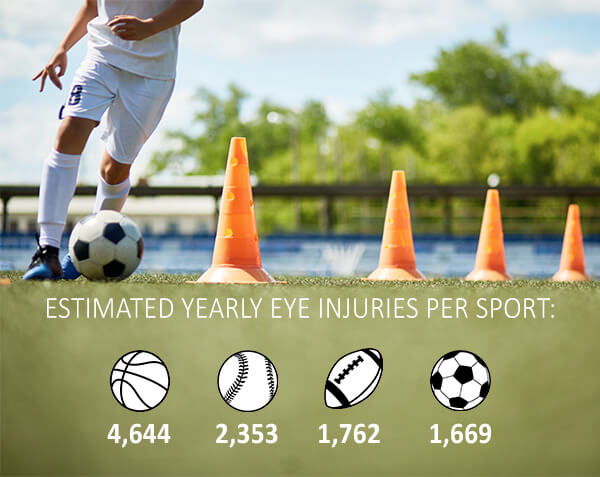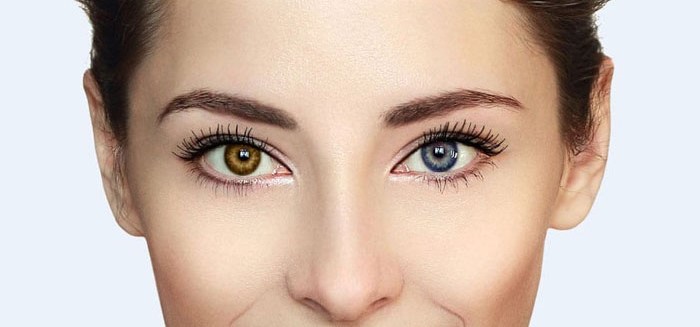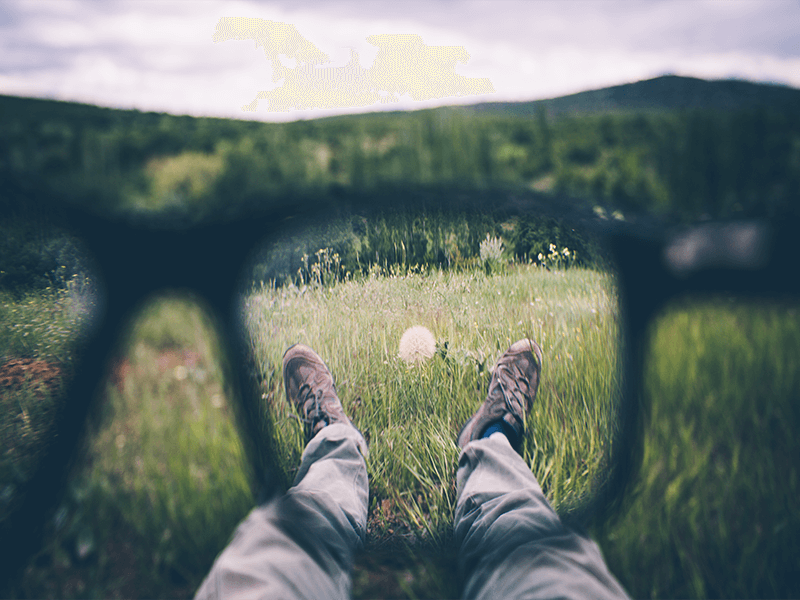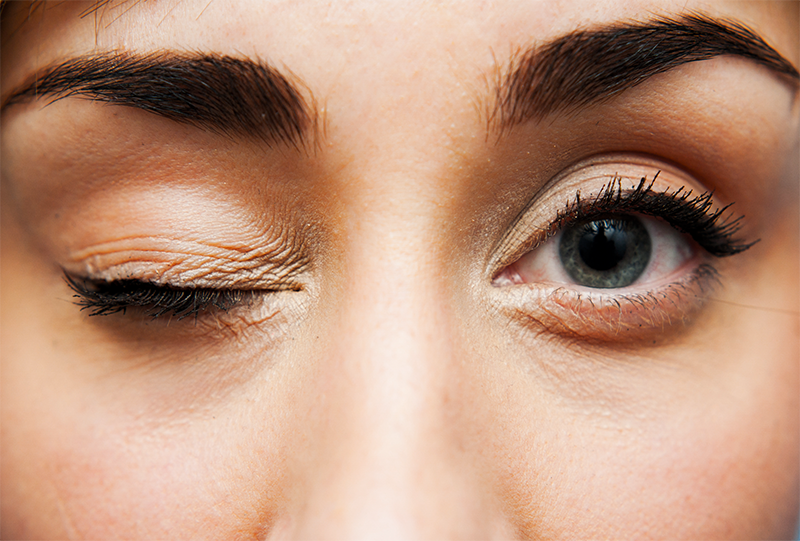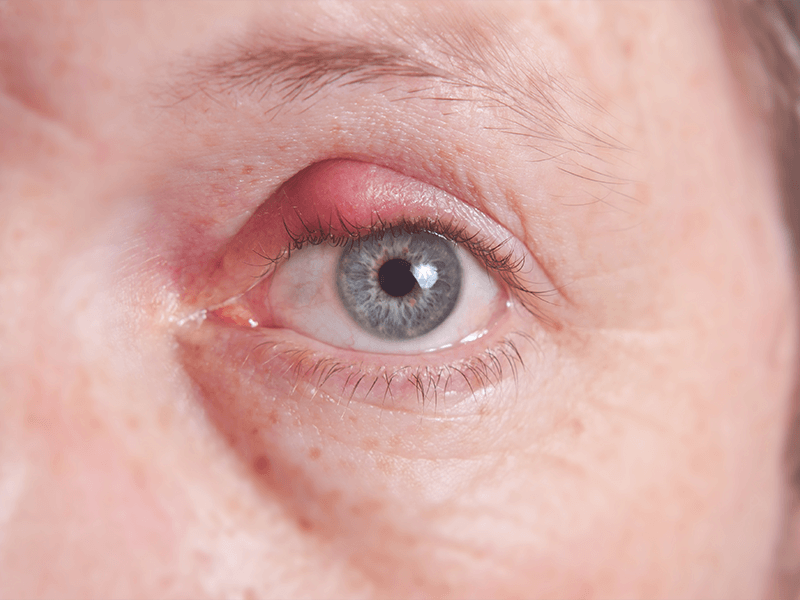Most eye injuries among kids occur between the ages of 11 and 14 while playing sports. Although, they can happen at any age. However, the majority of these injuries can be prevented with proper precaution and understanding of eye care. Here is what you need to know about sports-related eye injuries and how to avoid them.
Read more →Ever been curious about what causes people to have two different colored eyes? You are not alone. Having two different colored eyes is actually a condition called heterochromia. Eye color is determined by two factors: pigment, called melanin, and the amount or pattern of that pigment. All of this is ultimately controlled by your genes. So, in the case of heterochromia, what genes dictate two different eye colors?
Read more →The first eye test for kids should take place by a pediatrician when the child is six months old. It’s wise to get them checked early to rule out disease and lazy eye. Even if there are no risk factors or family history of eye problems, children should have their vision checked again at age 3 and before first grade. By age 2 ½ to 3 ½, all children should have a routine professional, comprehensive eye health, vision and vision development examination. Further, screenings by pediatricians or schools are not a substitute for a professional eye exam.
Read more →Nearsighted and farsighted vision problems are two of the most common issues when it comes to eye health around the world. What do they mean to you? What can you do, if anything, to prevent these conditions from reducing your vision? Here you’ll find out what the difference between being farsighted or nearsighted means and how you can correct the conditions.
Read more →Millions of people suffer from some form of vision loss, be it issues with near or farsightedness or cataracts. It is essential for adults to focus on quality eye health, and learn how to improve eyesight and significant issues with the eyes. Below are a few steps you can take to achieve healthier eyes.
Read more →Have you ever wondered why your eye is twitching? It is not uncommon for an eyelid to twitch every once in a while, or on a regular basis. This phenomenon is known as ‘myokymia’ in the medical world, and it is essentially a muscle contraction that has a rippling effect. Typically, the eyelid twitch will take place in the lower eyelid, but it can also occur in the upper eyelid. Whether your eye is twitching occasionally or more frequently, it is essential to learn the reasoning behind the occurrence. Learning more can help you to understand why you are experiencing this issue.
Read more →With the influx of technology used today, it seems we are always on the computer. From work to home, computer use is more prevalent than ever before. With a number of computer users today, many adults are experiencing eye issues, from eye strain to headaches. Using a keyboard and monitor on a regular basis, and even Smartphones can cause undue stress on the eyes. Varying distances of vision can also lead to issues with your eyes, as well as head and neck strain due to positioning for work. Thankfully, there is a solution to this problem. For those who sit in front of a screen most of the day, lenses for the computer provide optimal vision for all required distances.
Read more →If you’ve ever had a stye you know how painful and frustrating they can be. For the most part, styes will heal with time, however, they can be quite irritating until they disappear. There are a few things you can do to help get through that time period and prevent them from happening. Here are a few tips and home remedies you can try when a stype suddenly pops up.
Read more →There is no question that contact lenses have revolutionized the vision industry. There are so many types of contact lenses available. And recently, there have been advancements in contact lenses for people who suffer from astigmatism.
Read more →When a person is colorblind, their brain is unable to process colors under every day, normal lighting conditions. Color blindness expresses itself as the inability to or the difficulty of identifying colors and the separation between them. Those who are colorblind struggle with differentiating between the colors they see.
Read more →
